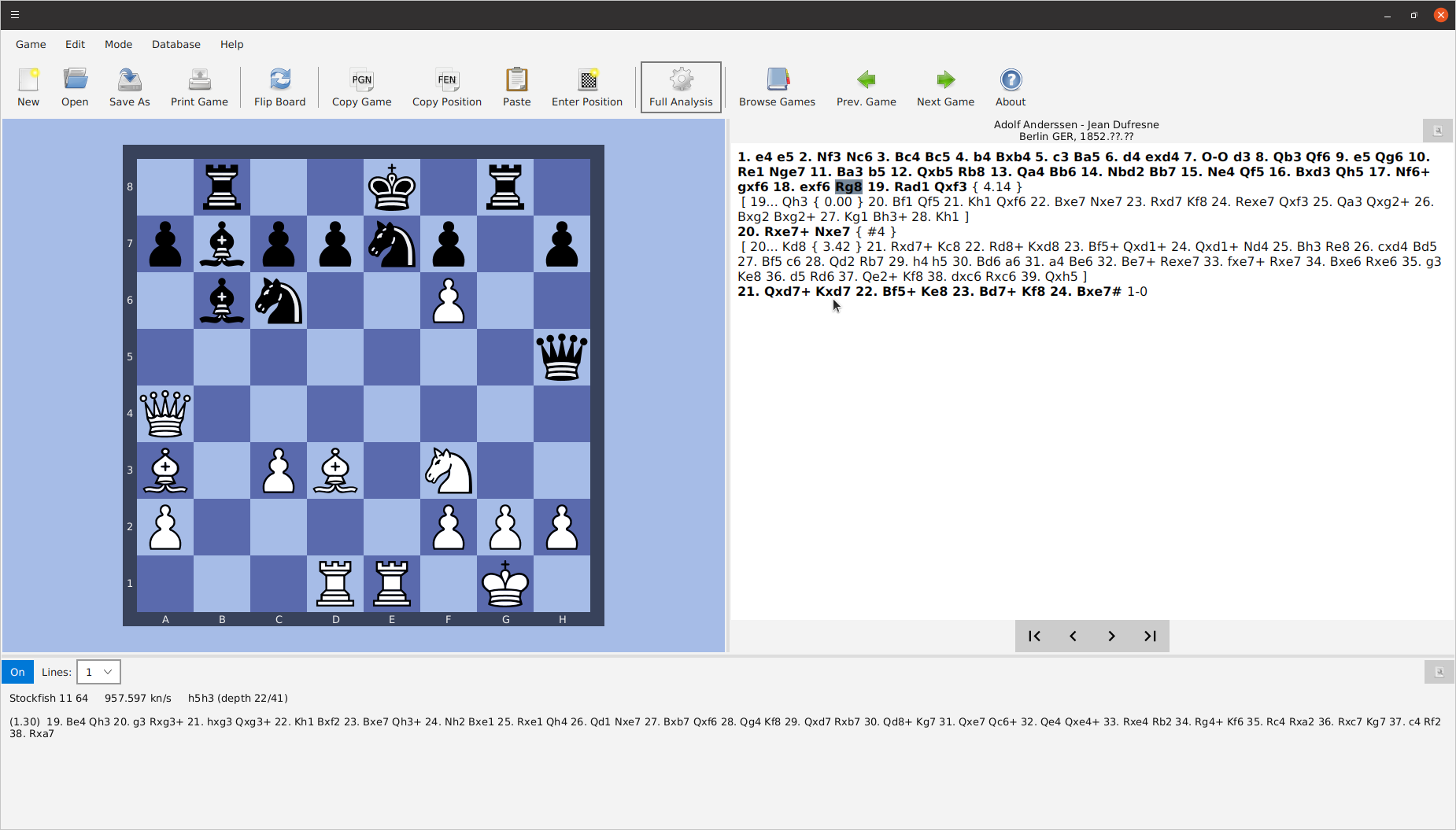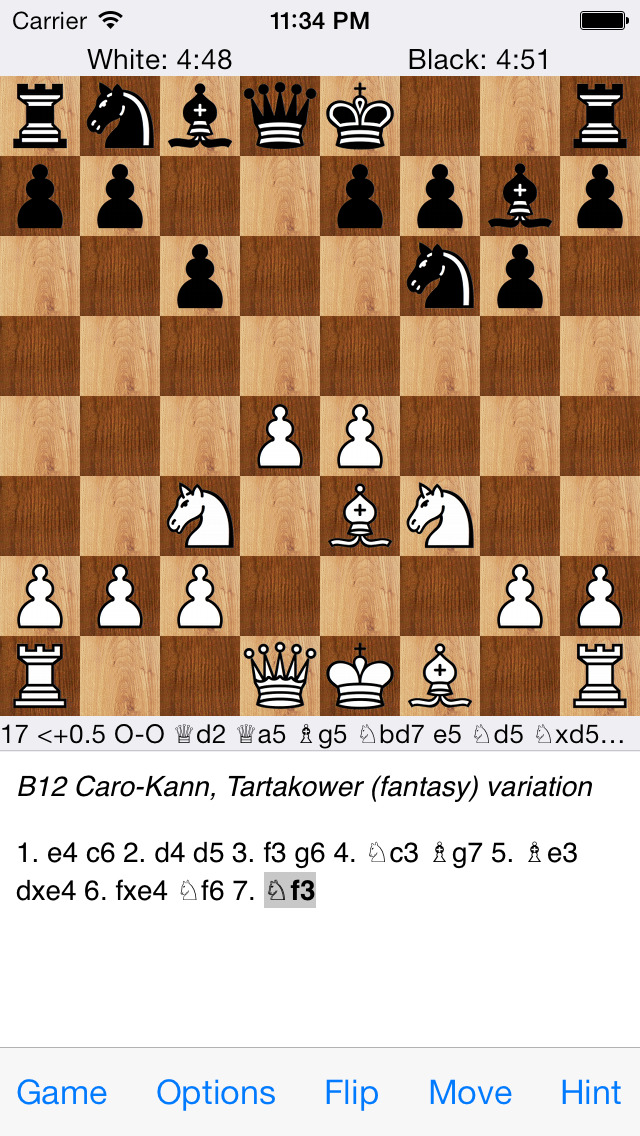

- #INSTALL STOCKFISH CHESS PROGRAM ON MY COMPUTER SOFTWARE#
- #INSTALL STOCKFISH CHESS PROGRAM ON MY COMPUTER CODE#
“tCheck on “+colour for check as a result of board move or other text message, or the file name of the pgn file
#INSTALL STOCKFISH CHESS PROGRAM ON MY COMPUTER CODE#
X: Board move results in Checkmate = “x”+Game Result code e: error in board move “e”+ reson code + eroneous move.

The reply will be one of the following transactions: Only the King move is sent to the PiĪfter sending a move, the Arduino waits for a reply from the PI. When castling the player makes the King move and the board signals the Rook move with the LEDs. The board knows about special moves and makes them based on the first part of the move. In play, after a board move the Arduino sends a transaction of the form Me2e4. These options are communicated to the Pi using various transaction codes. to set a playing level from 0 to 20, the user is invited to move a piece, so for example moving a piece on A4 signals level 3. When a number greater than four is required, e.g. Responses are given using one of four coloured buttons. Other New Game functions allow the user to chhose Level, Agressiveness, Cowardice, Time per move, Play Black etc from a menu shown on the display. With the Centipede board the scan uses a simple HIGH/LOW test to determine if a square is occupied. When a new game begins the board is scanned to ensure there are 32 pieces on the the first and last two rows and infers their value from the known starting position. This numbering system allows easily manipulation for operations like pawn promotion (new piece = pawn – 1 to 4). 0 indicates and empty square, 11, 12, 13, 14, 15, 16 indicate white King, Queen, Bishop, Knight, Rook & Pawn respectively.

The computer holds a simple 64 byte list corresponding to each square. The Arduino carries out most of the input & output, in particular scanning the reed switches to see if the state of squares changes, indicating a move and then flashing LEDs to indicate when the computer wants to move from & to. The Raspeberry PI is not real time, has very limited device connectivity, but it does run a version of Linux and as such there are chess engines like Stockfish available and very flexible programming languages like Python. There are a few chess programs written for the Arduino see: But Stockfish and other powerful chess engines will not run on an Arduino.
#INSTALL STOCKFISH CHESS PROGRAM ON MY COMPUTER SOFTWARE#
It is ideal for controlling all the I/O but it has limited memory and there are not many software programs for chess available. The Arduino is a real time computer with good connectivity and a wide range of connectable devices with supporting libraries. The two systems communicate serially through a USB connection.


 0 kommentar(er)
0 kommentar(er)
